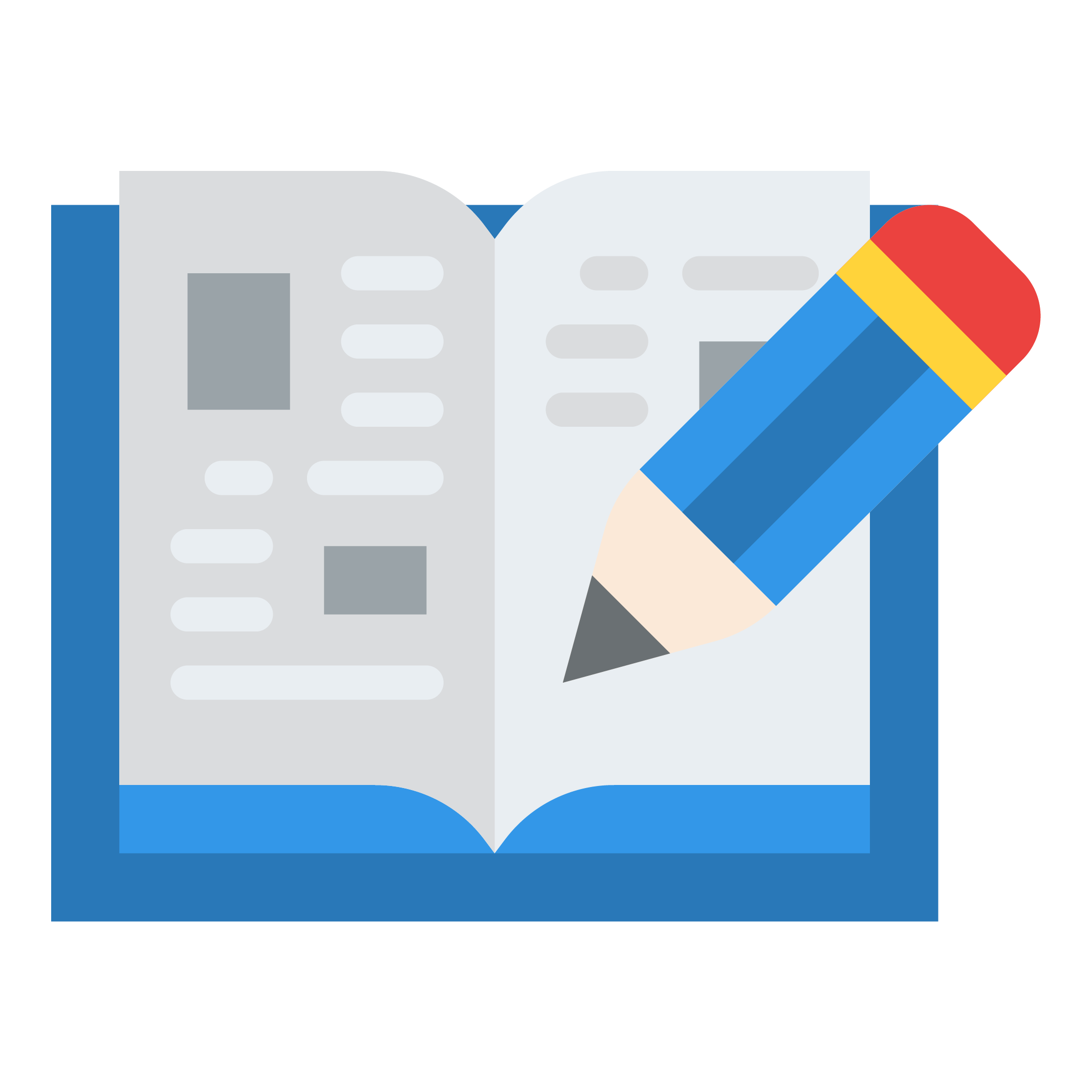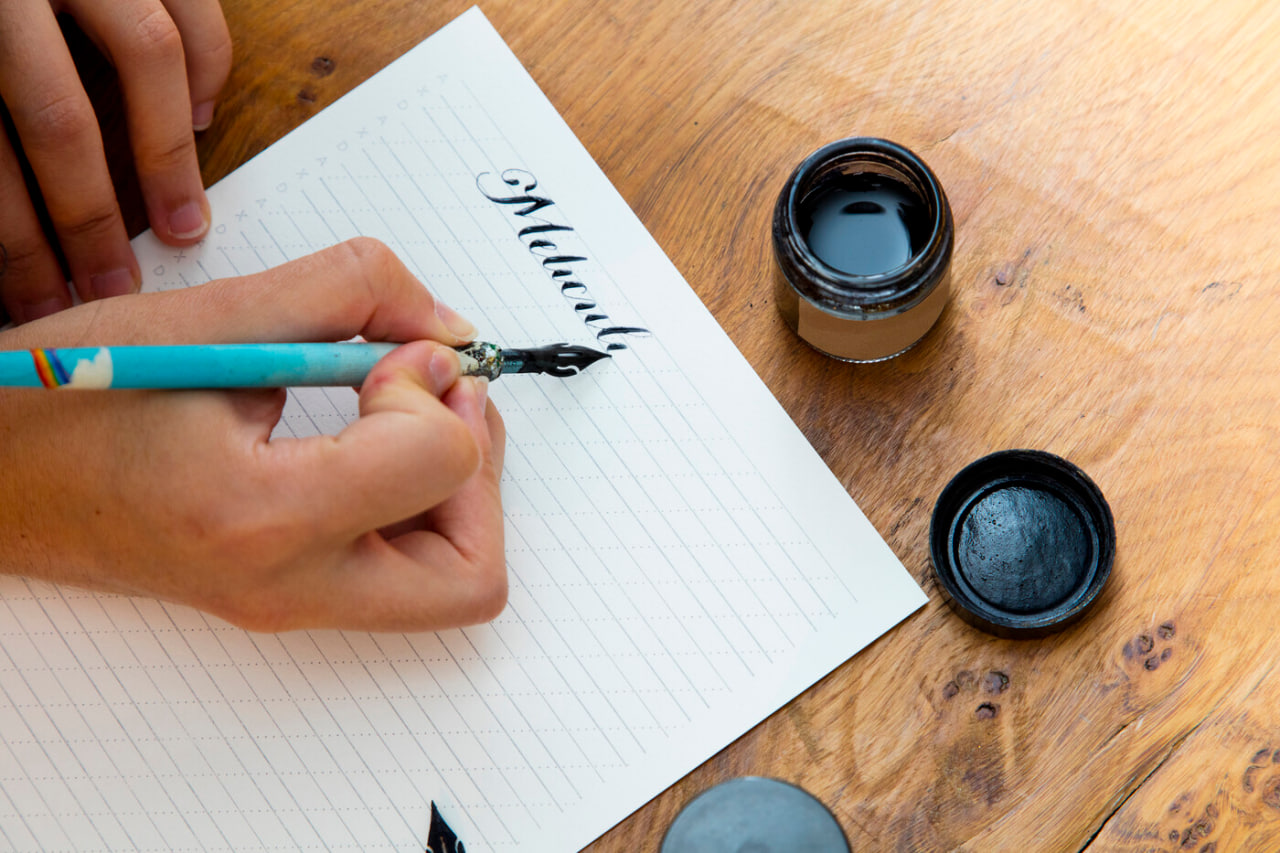Top 10 Tools Every Modern Calligrapher Needs
Why Tools Matter in Modern Calligraphy
Modern calligraphy is a beautiful blend of artistry, precision, and personality. While style and creativity are essential, the tools you choose will directly impact your lettering experience and results. Whether you’re a complete beginner or an experienced letterer looking to expand your toolkit, knowing the essential materials helps streamline your practice and boost your confidence. Here’s a guide to the top 10 tools every modern calligrapher should have in their collection.
Brush Pens
Brush pens are a staple in modern calligraphy because they combine flexibility with ease of use. With their soft, responsive tips, brush pens allow for natural transitions between thick and thin strokes. They’re perfect for beginners due to their control and convenience—no need for dipping ink.
Popular choices include the Tombow Dual Brush Pen for larger letters and the Pentel Fude Touch Sign Pen for smaller, more detailed writing. Brush pens come in a variety of sizes, colors, and firmness, making them versatile for all types of projects.
Quality Paper
Calligraphy isn’t just about what you write with—it’s also about what you write on. Using low-quality or rough paper can lead to frayed pen tips and messy strokes. Smooth, bleed-proof paper is essential for clean lines and ink control.
Rhodia, Canson Marker Paper, and HP Premium 32 are excellent options for practice. For final projects, high-quality cardstock or watercolor paper offers durability and texture suitable for framing or gifting.
Pencil and Eraser
A pencil may not be glamorous, but it’s indispensable. Before you ink anything, sketching guidelines or full layouts with a pencil ensures balance and spacing. A hard pencil (like 2H or HB) won’t smudge easily, and a good white eraser will remove marks without damaging the paper.
Mechanical pencils are favored for their consistent line thickness and ease of handling. Look for smudge-resistant erasers to keep your paper clean and presentation-ready.
Ruler and T-Square
Consistency is key in calligraphy, especially when you’re designing layouts or working on multiple lines of text. A ruler helps maintain even baselines, margins, and letter spacing. A T-square is particularly useful for large-format pieces where perfect alignment is important.
These tools ensure your letters don’t drift or slant unintentionally, which can disrupt the overall flow and elegance of your work.
Lightbox
A lightbox is a helpful tool for tracing designs without having to redraw them. Once you’ve sketched a layout or practiced a composition, you can place it under a fresh sheet of paper on the lightbox and trace over it with ink or brush pen.
This saves time and preserves your original designs. It’s especially helpful when working on multiple pieces or when you want to test a layout before committing to final materials.
Ink and Nibs (for Dip Pen Calligraphy)
Though brush pens are common in modern calligraphy, many artists also love the elegance and control of dip pens. To get started, you’ll need pointed nibs (like the Nikko G or Brause EF66) and a bottle of quality ink.
Black India ink is widely used for its boldness and permanence. Other popular inks include acrylic-based, waterproof, or even shimmering inks. Always test your ink-paper compatibility to avoid feathering or bleeding.
Oblique Pen Holder
If you’re working with a pointed dip nib, especially for slanted scripts like modern copperplate, an oblique pen holder can improve your writing angle and comfort. The angled flange on the side positions the nib in a way that naturally supports the letter slant and helps reduce wrist strain.
This tool is particularly helpful for right-handed calligraphers aiming to create smooth, consistent strokes.
Water Brush
A water brush is a pen-like tool with a refillable barrel for water or diluted ink. It’s ideal for blending watercolor calligraphy or adding soft backgrounds to your lettering projects. Water brushes come in various tip sizes and can also be used with liquid watercolor for a vibrant, artistic look.
They are portable, easy to clean, and allow for expressive, painterly effects that enhance your calligraphy work.
Digital Tools (Optional but Growing)
As digital lettering grows in popularity, tools like the iPad and Apple Pencil, paired with apps like Procreate, have become a valuable extension of the modern calligrapher’s toolkit. They allow for unlimited practice, easy revisions, layering, and exporting designs for commercial use.
While not a replacement for traditional materials, digital tools offer an efficient and eco-friendly way to experiment with styles and share your work online.
Storage and Organization
With all these tools, keeping your supplies organized is important. A simple pouch for pens, a binder for practice sheets, or a desktop organizer can make your creative space more functional and inspiring. Well-organized tools also extend the life of your materials and help you stay focused during your practice sessions.
A pen roll or brush wrap is ideal for storing delicate brush pens and nibs safely, especially if you travel or attend workshops.

